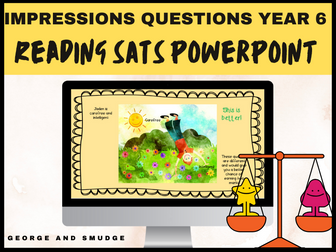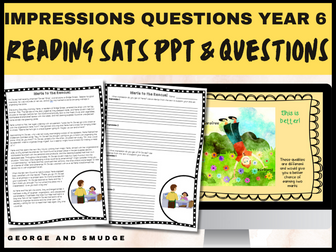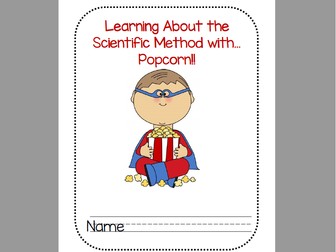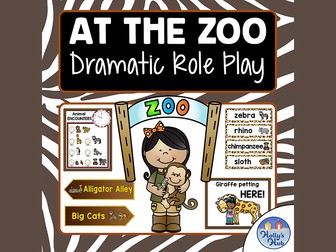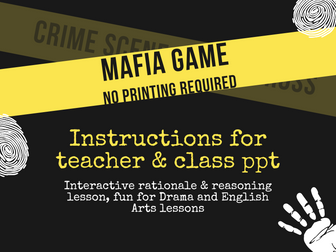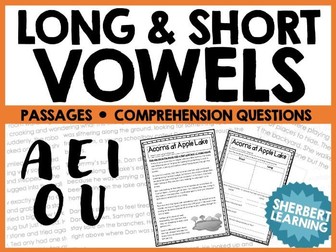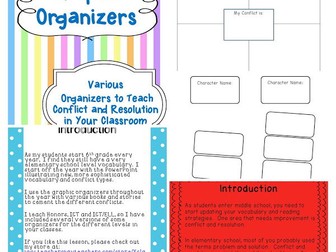
XL Bullydogs: A Bark Too Big? Weighing the Pros and Cons of a Ban in the UK English Essay
This resource critically examines the question of whether XL Bully dogs should be banned in the United Kingdom, catering to an audience 10 and above. Titled “XL Bully dogs: A Bark Too Big? Weighing the Pros and Cons of a Ban in the UK,” the essay navigates through various aspects of this canine debate. It explores the breed’s characteristics, temperament, and the rising concerns about public safety and animal welfare. By delving into statistics on aggressive incidents, health implications, and the legal frameworks in other countries, the essay aims to provide a comprehensive understanding of the issue.
This essay serves as a valuable resource to spark thoughtful conversations, nurture critical thinking, and encourage a deeper understanding of the multifaceted issues surrounding the debate on XL Bully dogs in the UK.
Number of Pages: 6
*Some pages contain front covers/previews/terms&conditions!
As always, please feel free to ask ANY and ALL questions before downloading.
All rights reserved by author. Permission to copy for single classroom use only.
Electronic distribution limited to single use only. Not for public display.
If you have downloaded this, and are pleased with it, we would be extremely grateful if you could leave a kind review.



